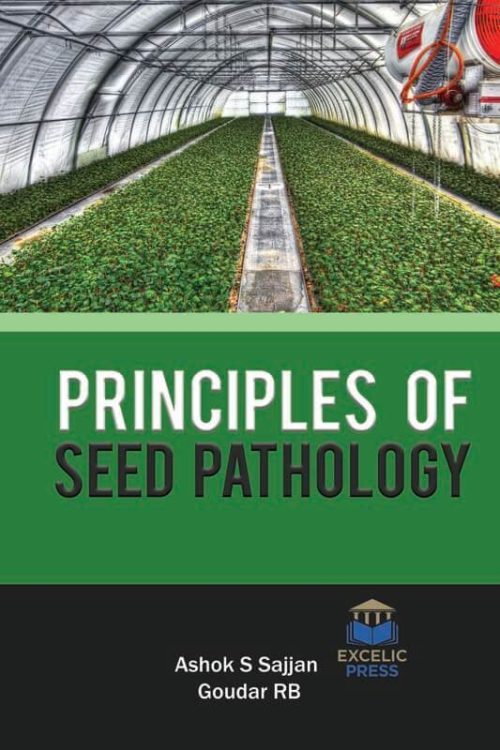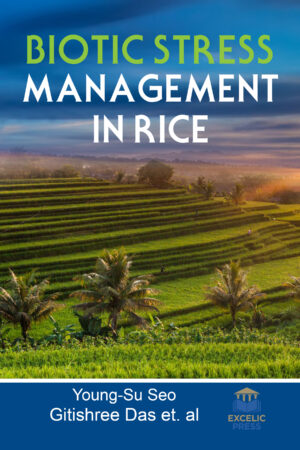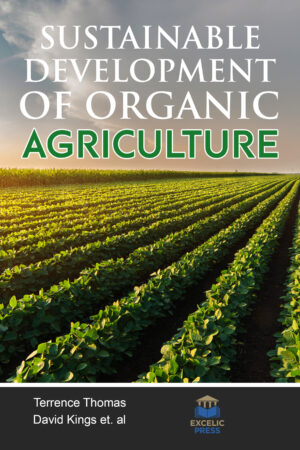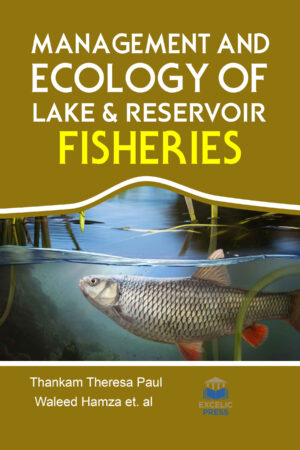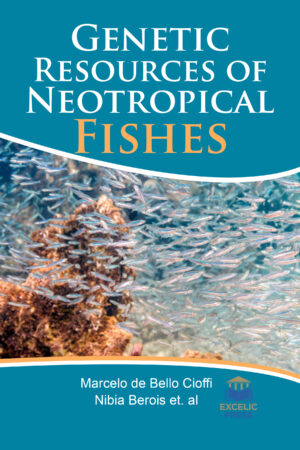Description
The seed is the most important input for crop production. Many plant pathogens are seed-borne, which can cause enormous crop losses; reduction in plant growth and productivity of crops. Seeds are the most important source of primary inoculum for many bacterial disease outbreaks. Pathogen free healthy seed is needed to take care of desired plant populations and smart harvest. Several plant pathogens are seed-borne, which might cause huge crop losses. Among the varied factors answerable for the low yield of the crop, diseases play an important role. Determining the presence of seed-borne pathogens allows managers to apply the appropriate controls or modify management practices to avoid the problem in the future. As a result, the pathogen-free healthy seed is urgently needed for desired plant populations and a good harvest. As with every other domain of scientific studies, seed pathology has progressed immensely over time; hence in this book, the development and emerging outlooks of this important discipline were reviewed.
This book presents cutting techniques and strategies of seed pathology with recent trends in the detection and management of seed-borne diseases. Conventional and other methods are also being highlighted. Seeds area unit passive carriers of plant pathogens across geopolitical borders and should even be answerable forth introduction of exotic diseases to new areas or generally can also account for the reemergence of past diseases. Seed borne bacterial pathogens are of major concern as strategies to manage the bacterial disease are limited and often ineffective. Seed health testing and seed treatments are regularly used to exclude seed-borne bacterial inoculum. In addition, use of pathogen-free seed is recommended to manage these diseases and as a result, seed lots are routinely tested for bacterial pathogens by the regulatory agencies and seed companies. The detection of Infective seed born microorganism pathogens is a vital side of sickness management. The presence of unhealthy seeds in seed-lots can’t be dependably detected by visual examination. Picture taking assays of seeds give AN economical, non-destructive technique to see internal seed harm. However, with advances in molecular techniques, the stress in microorganism identification and taxonomy has modified from the standard approach to an additional molecular approach. This book is also aimed to determine the prevalence of seed-borne fungal pathogens of seed and their control with plant extract. Proper disease management practices can substantially improve the quality of jute and significantly increase the yield. Among the practices used, seed treatment is probably the cheapest and safest method of direct plant disease control.
This monograph will be of great help to students, researchers, and other stakeholders engaged in seed production activities.

